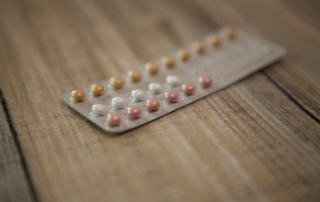Yaz and Other Oral Contraceptives Will Carry a New Warning Label
The FDA will require Yaz, Yasmin and several other newer oral contraceptives to carry new warning labels that detail the potential risk of venous thromboembolism (VTE or blood clots). All oral contraceptives increase the risk of blood clots; however, recent studies have suggested that birth control pills containing drospirenone, a synthetic form of the hormone progesterone, may carry a slightly increased risk of VTE, compared with older birth control pills. The FDA estimates that over a one year period, 10 in 10,000 women taking an oral contraceptive with drospirenone would develop a blood clot , as compared to about 6 in 10,000 women taking older contraceptives.







